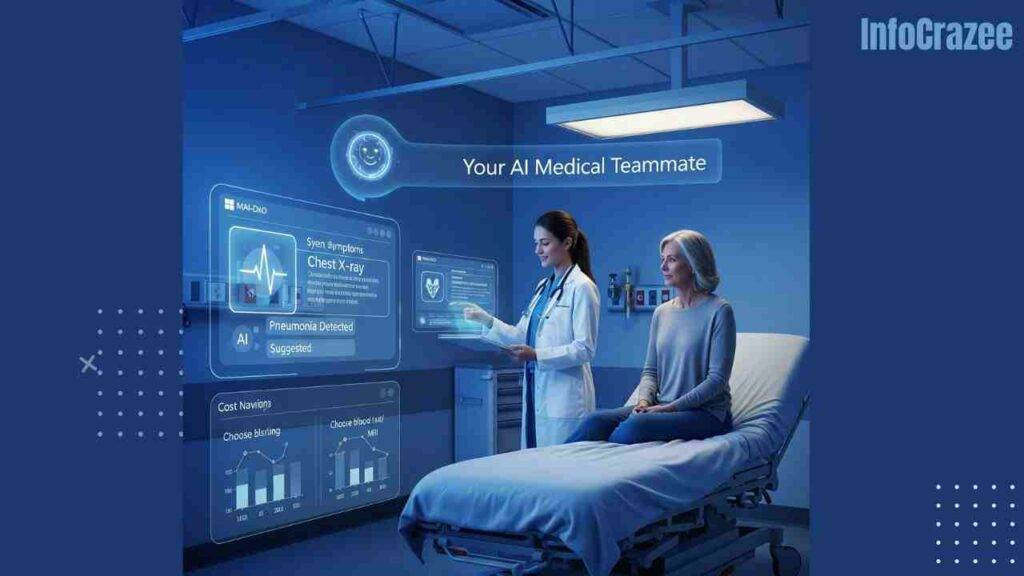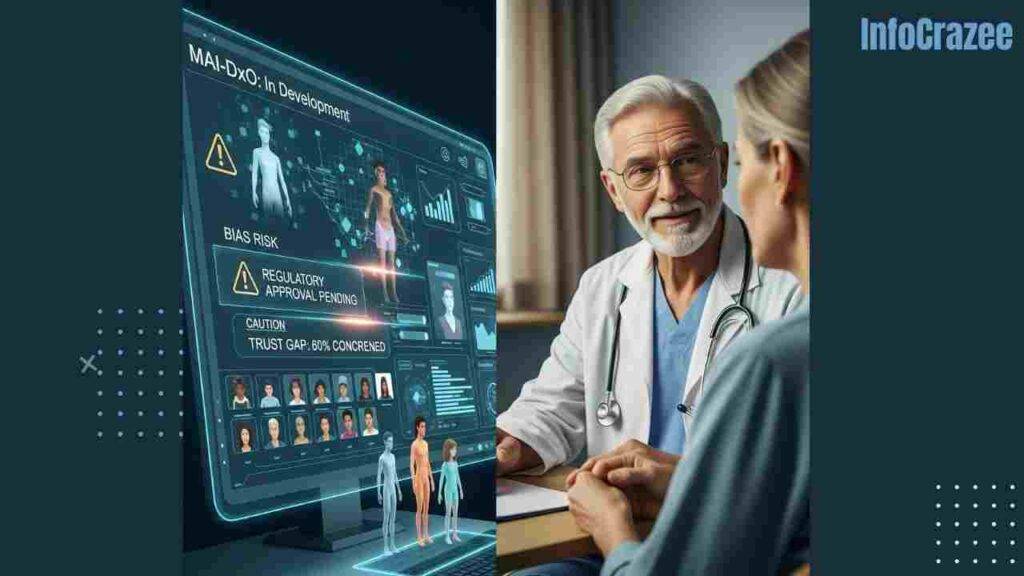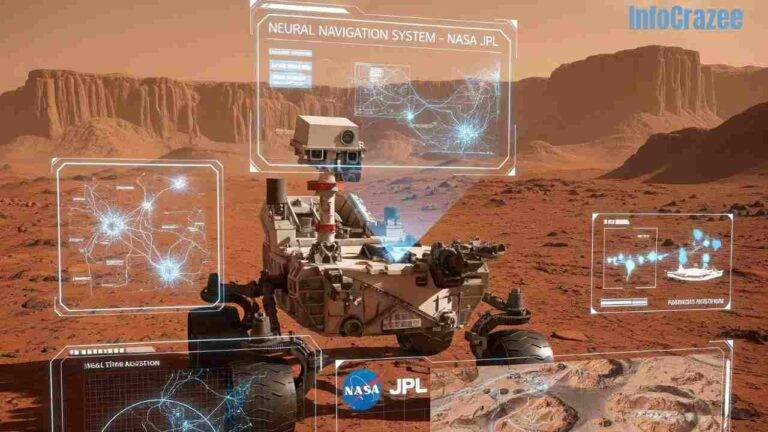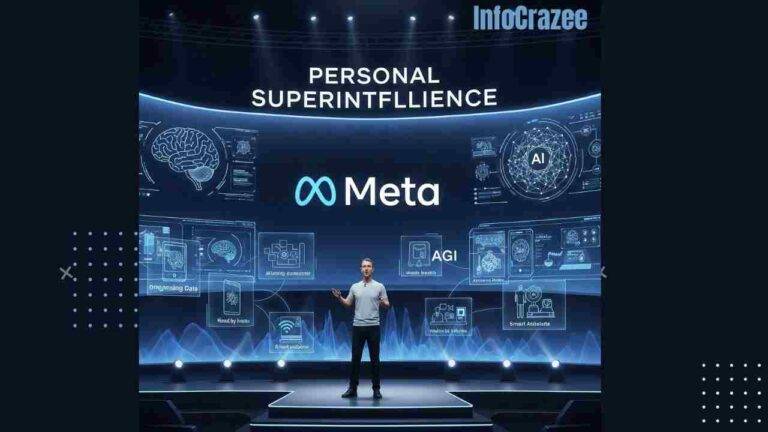Microsoft’s AI Is Changing the Game for Medical Diagnosis
Imagine going to the doctor with a tricky health issue and getting a spot-on diagnosis faster than ever, thanks to AI that thinks like a team of expert physicians. That’s exactly what Microsoft’s new AI tool, the Microsoft AI Diagnostic Orchestrator (MAI-DxO), is doing. In a groundbreaking study, it diagnosed complex medical cases with 85.5% accuracy—four times better than a group of experienced doctors.
What Is MAI-DxO?
Think of MAI-DxO as a virtual panel of top doctors working together to crack tough cases. It’s not just one AI—it’s a team of AI models that ask questions, order tests, and debate options, mimicking how real doctors puzzle through diagnoses. Tested on 304 challenging cases from the New England Journal of Medicine, this tool is showing it can outshine human experts in accuracy and cost.
- Why it’s awesome: It correctly diagnosed 85.5% of cases, compared to 20% for doctors working without extra resources.
- Cool trick: It saves money by ordering fewer, smarter tests, cutting diagnostic costs by about 20%.
- Fun fact: It works with models like OpenAI’s o3, Claude, and Gemini, making it a flexible, powerhouse tool.
How It’s Raising the Bar
I remember a time when my uncle waited weeks for a diagnosis, bouncing between specialists with no clear answers. A tool like MAI-DxO could’ve saved him so much stress. Here’s how it’s changing healthcare game:

Smarter Diagnoses
- Real-world win: MAI-DxO solved cases like a patient with a rare fever, where doctors might miss subtle clues. It asks follow-up questions and orders tests like a seasoned clinician.
- Example: A patient with a cough and fever might get a chest X-ray and blood tests, leading MAI-DxO to nail a pneumonia diagnosis faster than a solo doctor.
Saving Money
- Real-world win: By avoiding unnecessary tests, MAI-DxO cuts costs, a big deal when U.S. healthcare spending is nearly 20% of GDP.
- Example: Instead of ordering a pricey MRI right away, it might start with a cheaper blood test, getting the same answer for less.
Helping Doctors, Not Replacing Them
- Real-world win: Microsoft says this tool is a teammate for doctors, handling complex cases so they can focus on patient care and empathy.
- Example: A busy ER doctor could use MAI-DxO to double-check a tricky case, saving time and boosting confidence.
Why This Matters to You
You’re probably wondering, “How does this help me?” Whether you’re a patient, a healthcare worker, or just curious, MAI-DxO’s impact is huge.
- Faster answers: Get quicker, more accurate diagnoses, especially for rare or complex conditions.
- Lower costs: Fewer tests could mean lower medical bills, a win for your wallet.
- Better care: Doctors with AI support can spend more time listening to you, not staring at charts.
Challenges to Keep in Mind
This tech is exciting, but it’s not perfect yet. Here’s what to watch:

- Not in hospitals yet: MAI-DxO is still in research mode, needing real-world testing and regulatory approval.
- Bias risks: If trained on skewed data, AI could miss diagnoses for certain groups, like minorities or women.
- Human touch: AI can’t replace a doctor’s empathy or judgment in tough cases, like discussing a serious diagnosis.
- Trust issues: Some worry about relying on AI for life-or-death decisions, with 60% of Americans uneasy about AI in healthcare.
How to Stay in the Loop
Want to keep up with this healthcare revolution?
- Follow Microsoft’s updates: Check their blog or infocrazee for news on when MAI-DxO hits clinics.
- Talk to your doctor: Ask how AI tools might be used in your care as they roll out.
- Learn about AI: Platforms like Coursera have courses on AI in healthcare to get you up to speed.
- Stay skeptical: If you hear AI claims, like those trending on X, double-check with trusted sources—it’s still early days.
What’s Next for Microsoft’s AI?
Microsoft’s not stopping here. Led by Mustafa Suleyman, a former Google AI guru, they’re aiming for “medical superintelligence” in 5–10 years, where AI could outsmart the best doctors across all fields. Future plans include:






